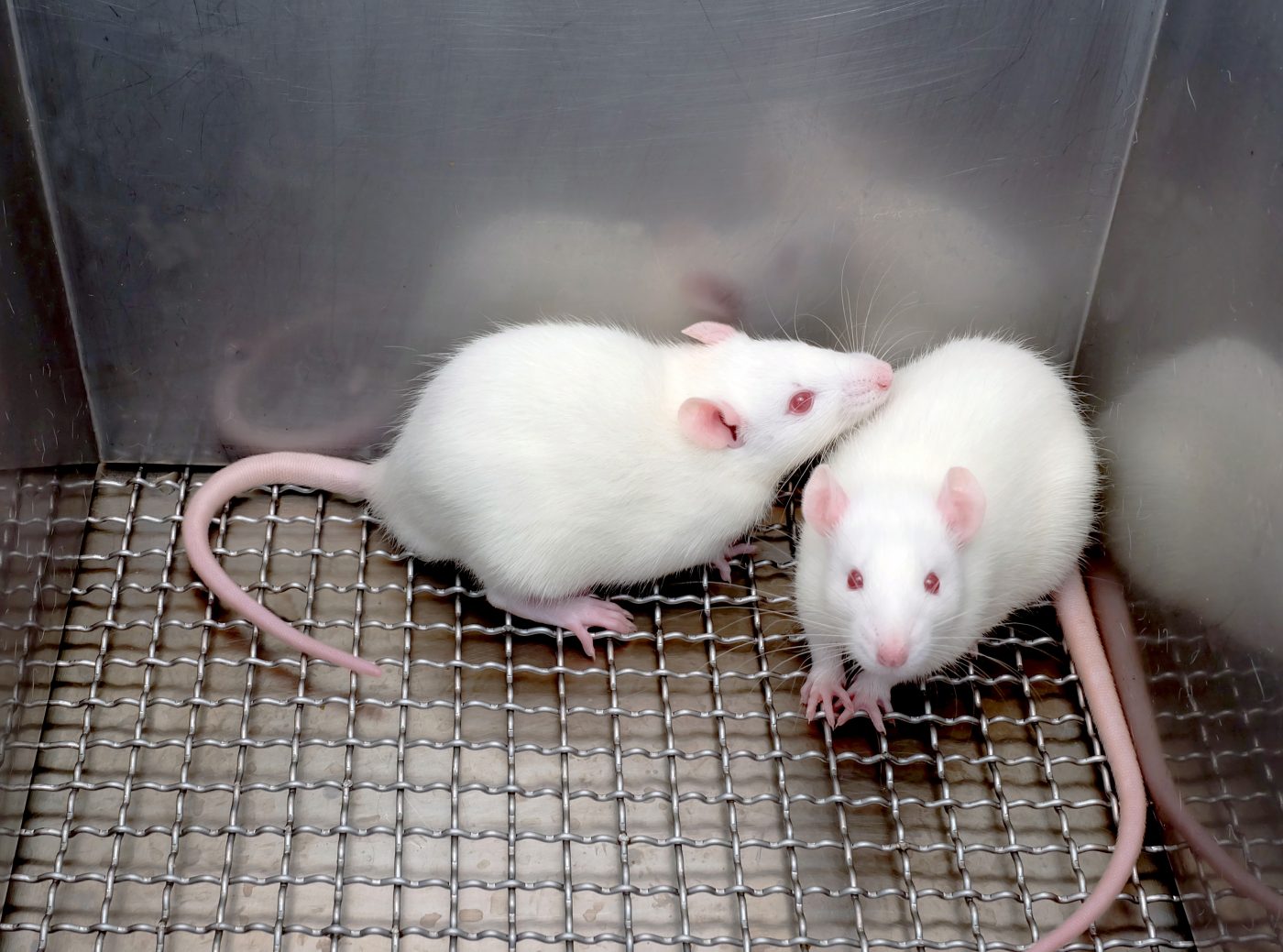Promising Target for Huntington’s Disease Found

In a recent study, the modification of a specific component of the huntingtin protein reduced neurodegenerative symptoms in an animal model’s brain and offered hope for future therapies that could effectively treat Huntington’s disease in humans.
The study, “Serine 421 regulates mutant huntingtin toxicity and clearance in mice,” was published in the latest issue of the Journal of Clinical Investigation.
The Huntington gene (mHTT gene), responsible for the mutational misfolding of proteins that accumulate in brains of HD patients, was investigated to test if phosphorylation (addition of a phosphate group to a molecule) would counter the mutational affect and result in reduction of the behavioral dysfunction and neurodegeneration in animal models of Huntington’s.
According to the study conducted at Gladstone Institutes in San Francisco, modifying the huntingtin protein through phosphorylation made the protein less toxic and allowed cells to get rid of it more easily. The animals exhibited very few Huntington’s symptoms that are normally include motor dysfunction, depression, or anxiety. Additionally, animals with phosphorylation of the mHTT gene induced had less accumulation of mutated misfolded proteins in their brains.
“I was shocked at the profound effect phosphorylation had on the Huntington’s model mice,” said first author Dr. Ian Kratter, PhD, a former graduate student at Gladstone and the University of California, San Francisco. “In most of our tests, they were virtually indistinguishable from healthy mice.”
In a press release, Dr. Steve Finkbeiner, PhD, senior investigator at Gladstone, said the study’s findings are exciting.
“Phosphorylation helps control how proteins fold and the systems in cells that clear proteins. This is exciting because a lot of the work we’ve done points to these protein removal pathways as being important not only for Huntington’s disease, but also for other neurodegenerative disorders. Understanding how phosphorylation links to these pathways could help treat several different brain diseases,” Finkbeiner said.
Researchers plan to explore the potential of duplicating the effects of phosphorylation with drugs.






